BIOL 327 TERMS
1/74
There's no tags or description
Looks like no tags are added yet.
Name | Mastery | Learn | Test | Matching | Spaced |
|---|
No study sessions yet.
75 Terms
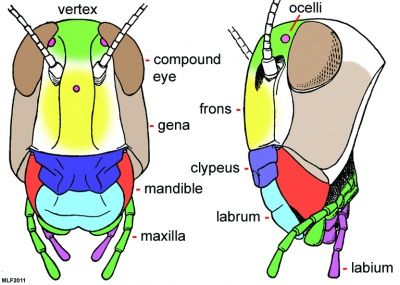
Frons
the front of face
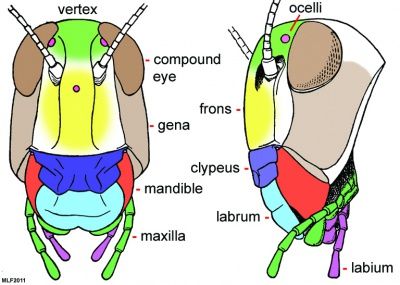
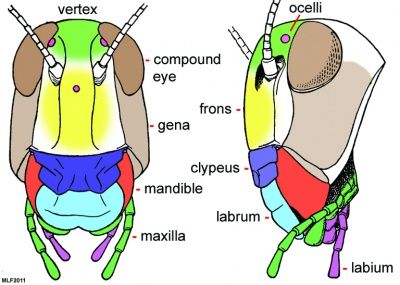
gena
the side of the cheek
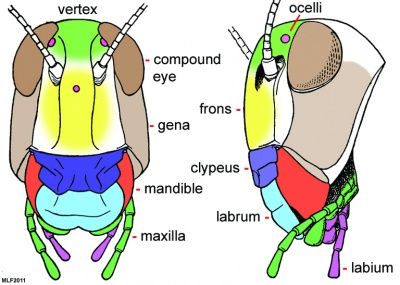
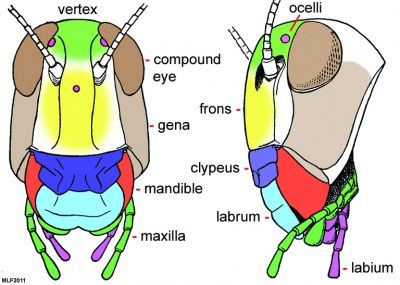
occiput
back of the head
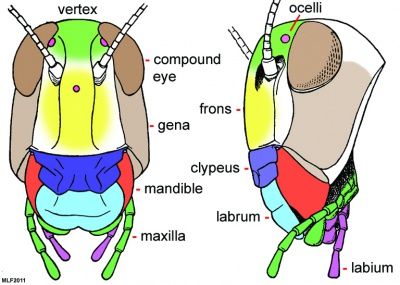
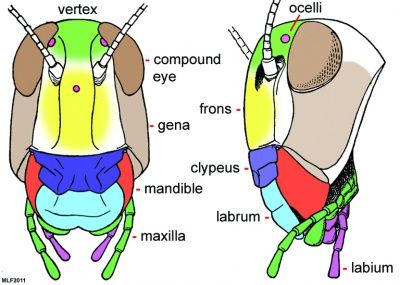
vertex
front of the head (not frons)
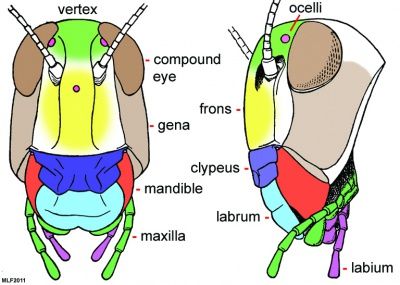
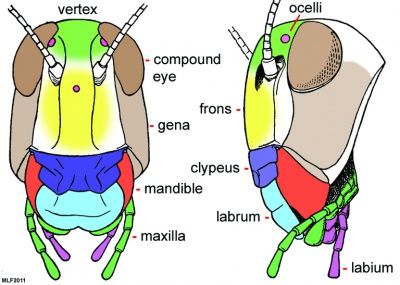
antenna
a pair of long, thin sensory appendages on the front of the face
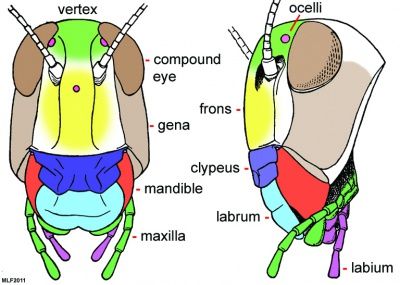
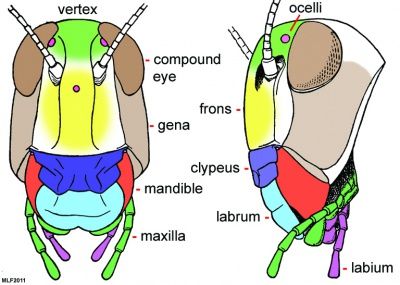
labrum
upper lip
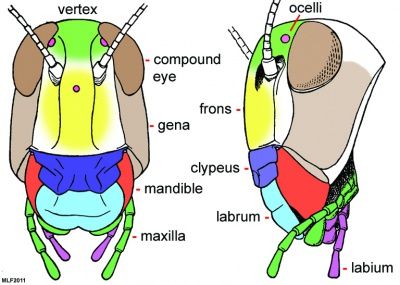
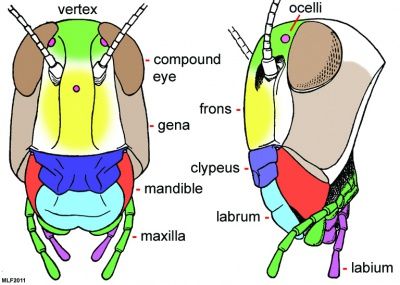
mandible
teeth, can be modified to chew (bees and beetles) ,
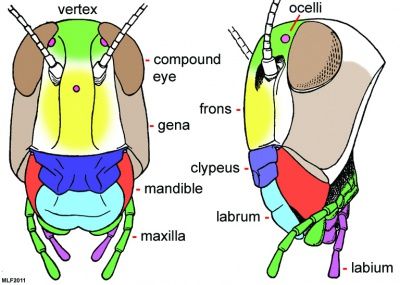
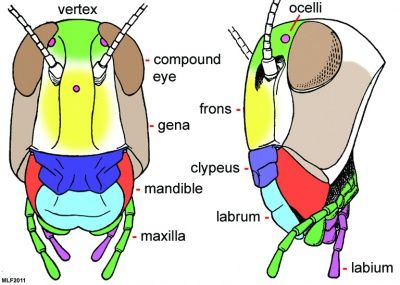
maxilla
mouthpart behind the mandible used for tasting food, can be fused with labium to form a proboscis (bees and butterflies and cicadas)
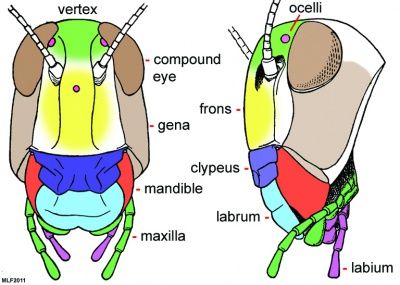
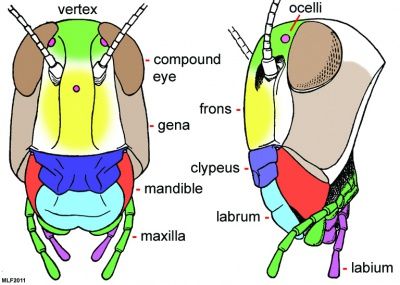
maxillary palps
sensory organ on the maxilla used in tasting food
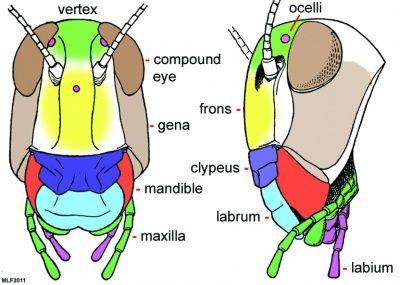
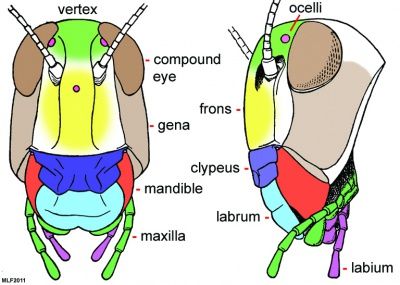
hypopharynx
tongue of insect, can be modified to sponge fluids, or in mosquitos, drips anticoagulant.
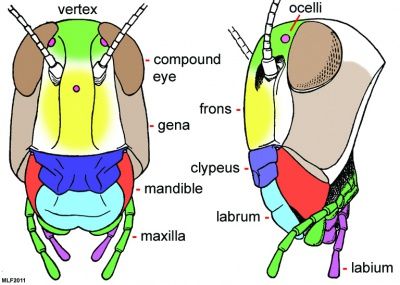
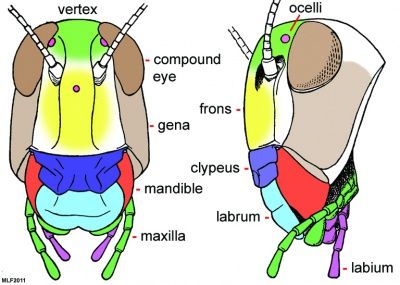
labium
bottom lip of insect, can be fused to form a proboscis or in mosquitos, a straw to suck the blood out.
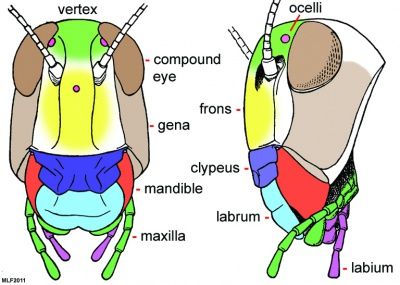
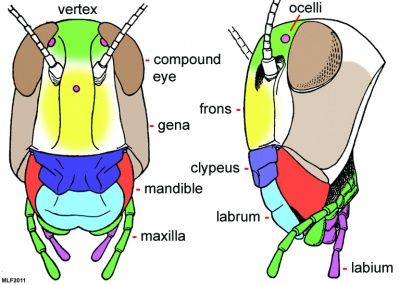
labial palps
sensory organ found on the labium
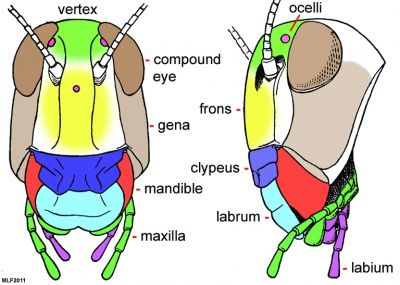
head capsule
6 segments fused at birth to form the head of the insect (not sclerotized)
consists of (labral, antennal, post-antennal, mandibular, maxillary, labial)
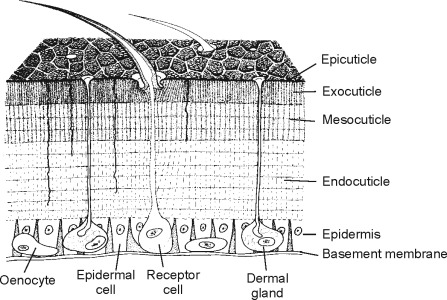
integument
outer layer of an insect, consisting of cuticle and epidermis
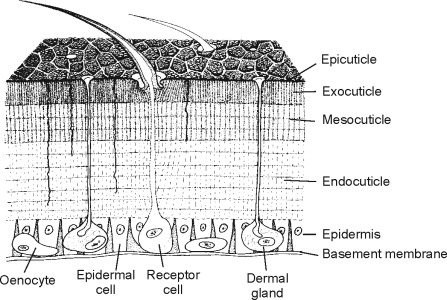
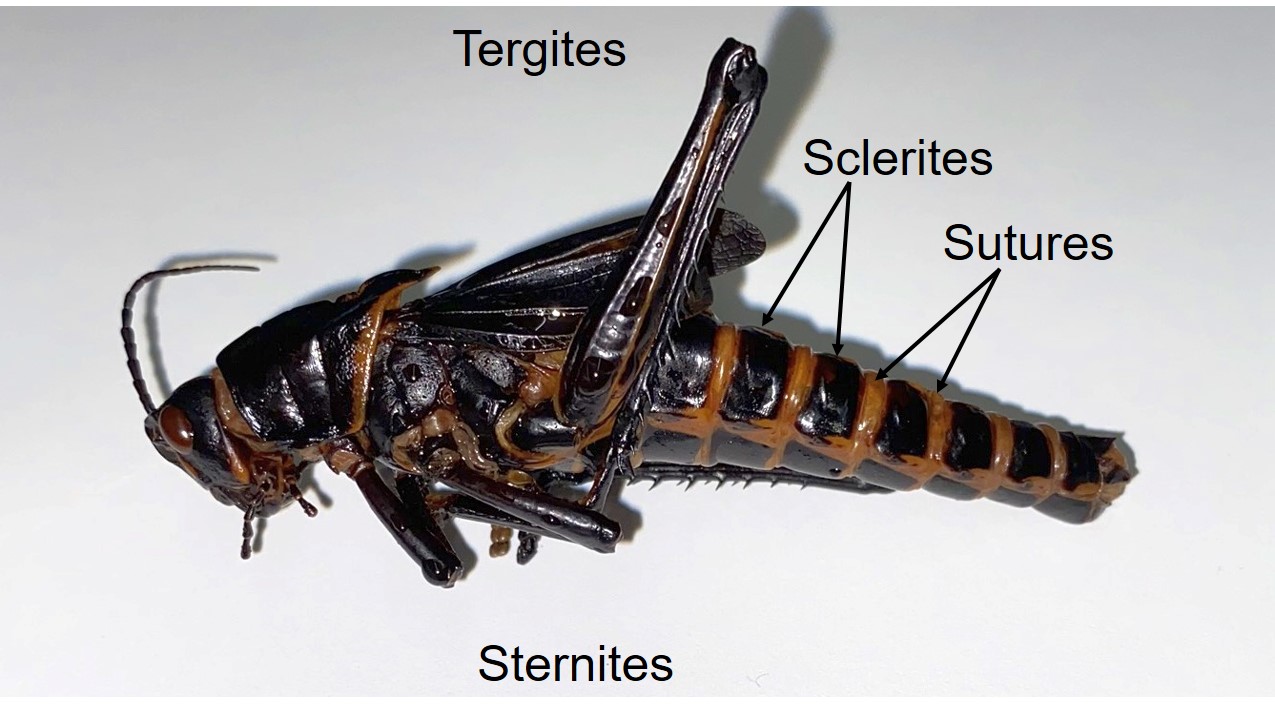
suture
line/groove where there is a union of 2 sclerites or plates, line of weakness across a sclerite
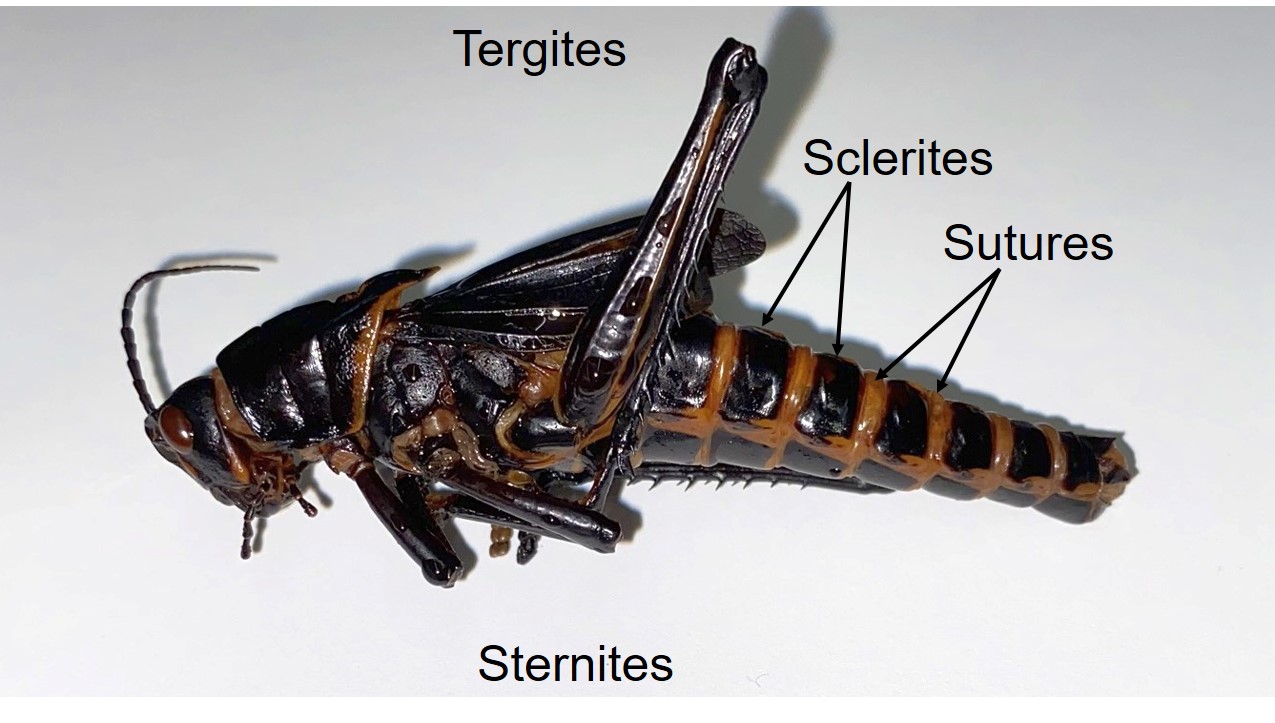
sulcus
a line marking an internal ridge or cuticle
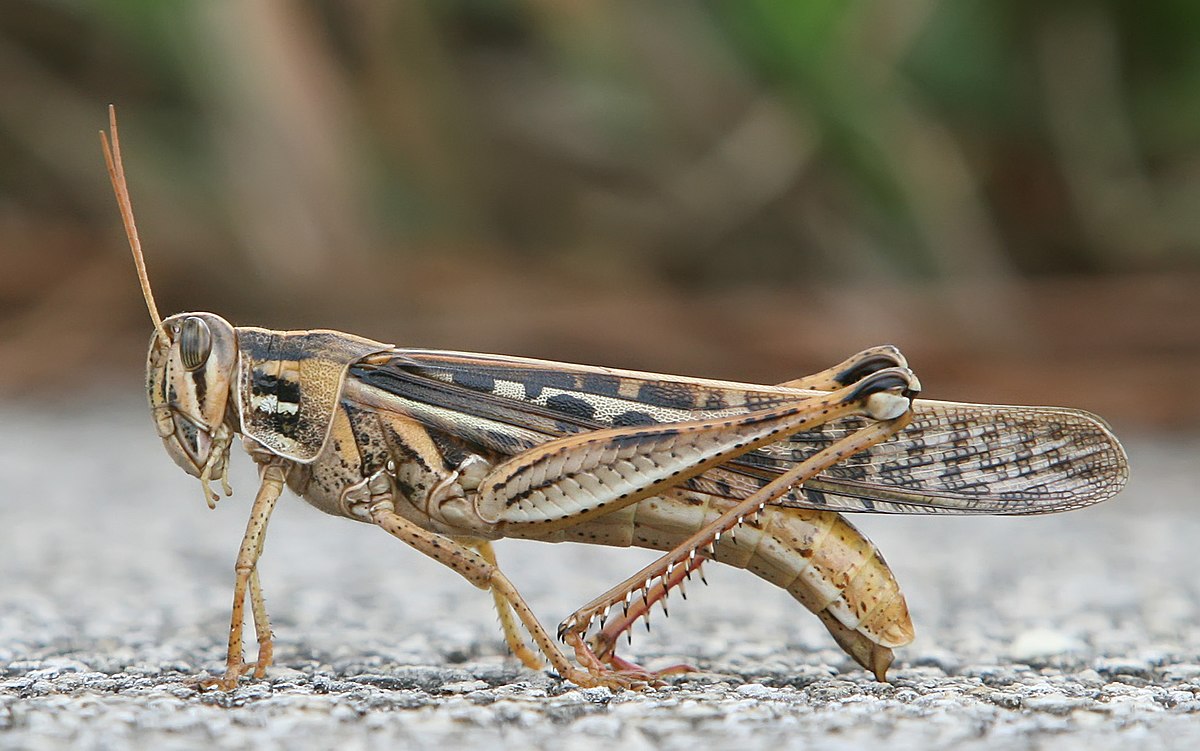
hypognathous
downward facing mouthparts (orthoptera)
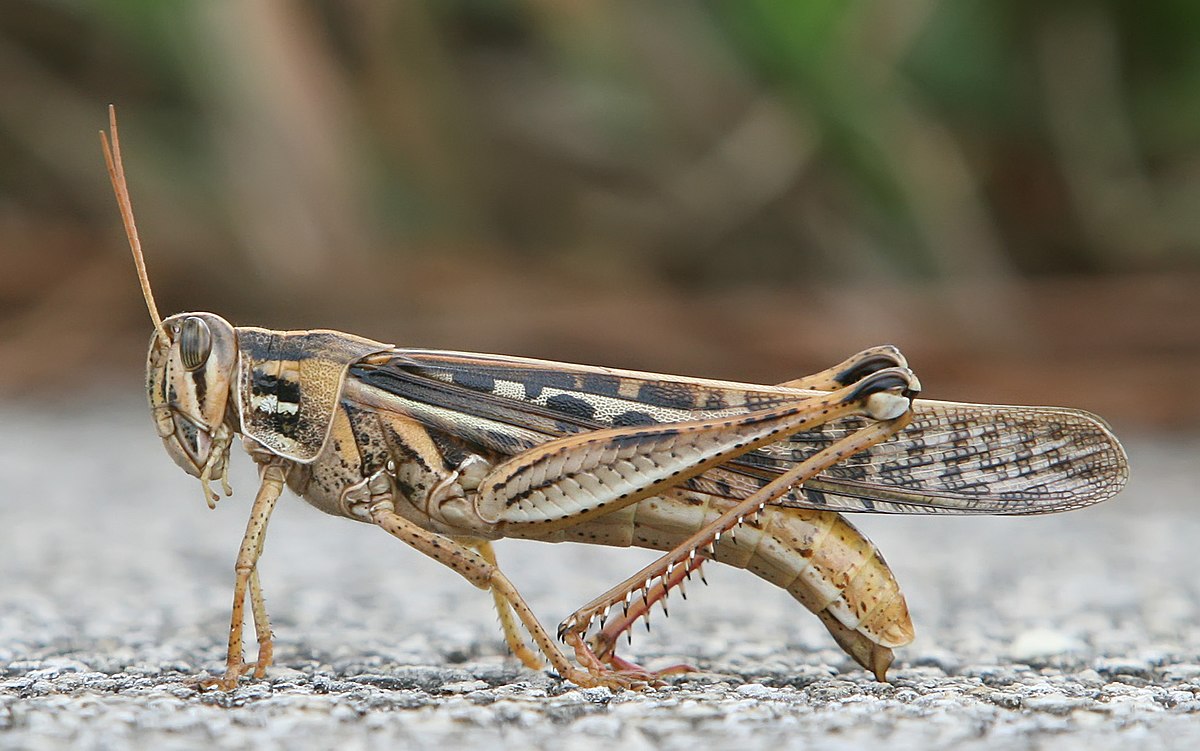

prognathous
forward facing mouthparts (coleoptera beetles)
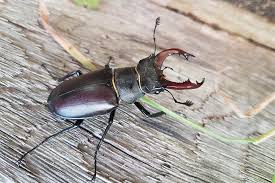

opisghognathous
rear-facing mouthparts (hemiptera)
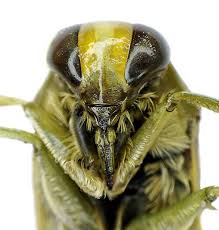
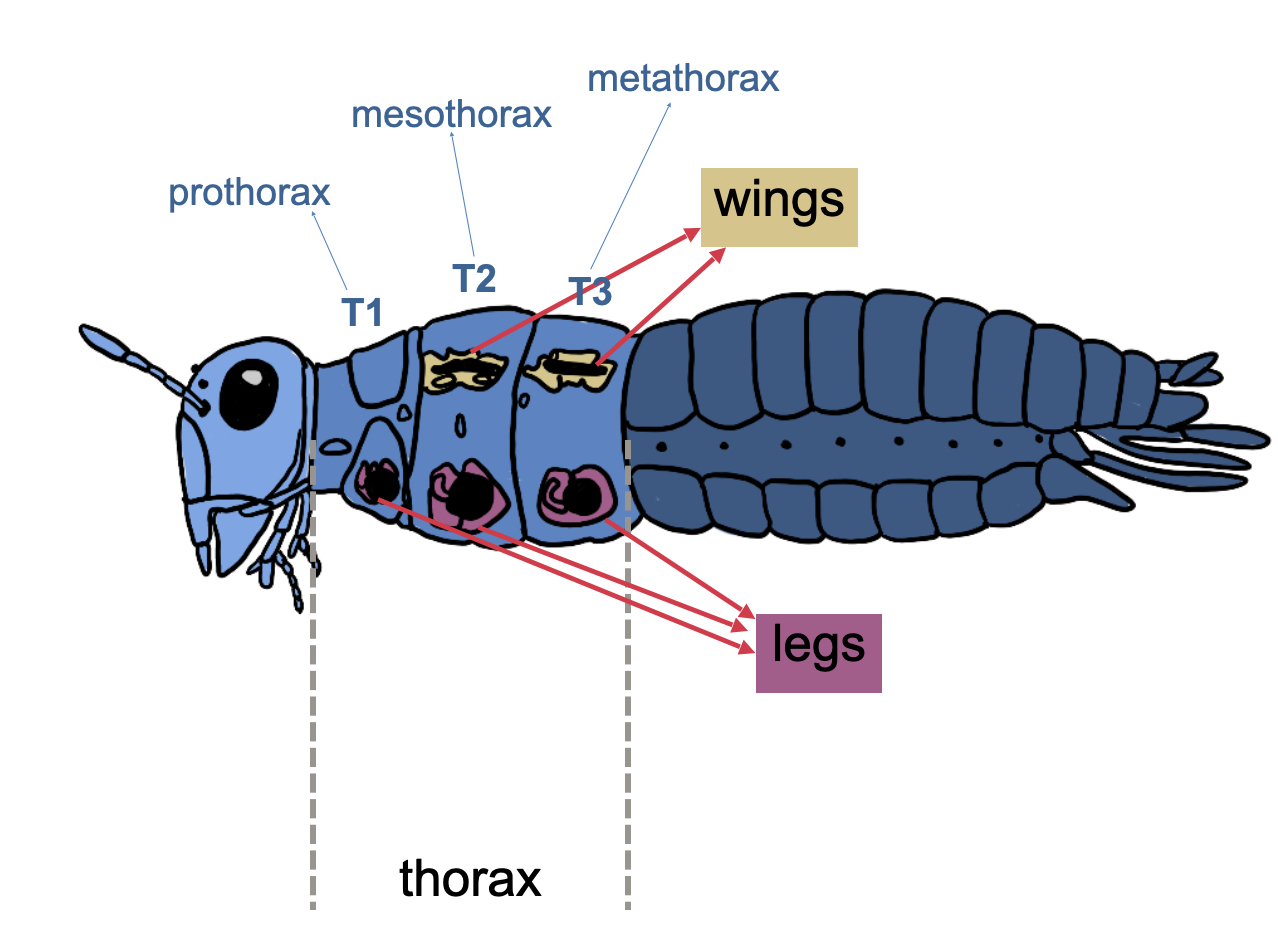
thorax
where the wings and legs of an insect are attached
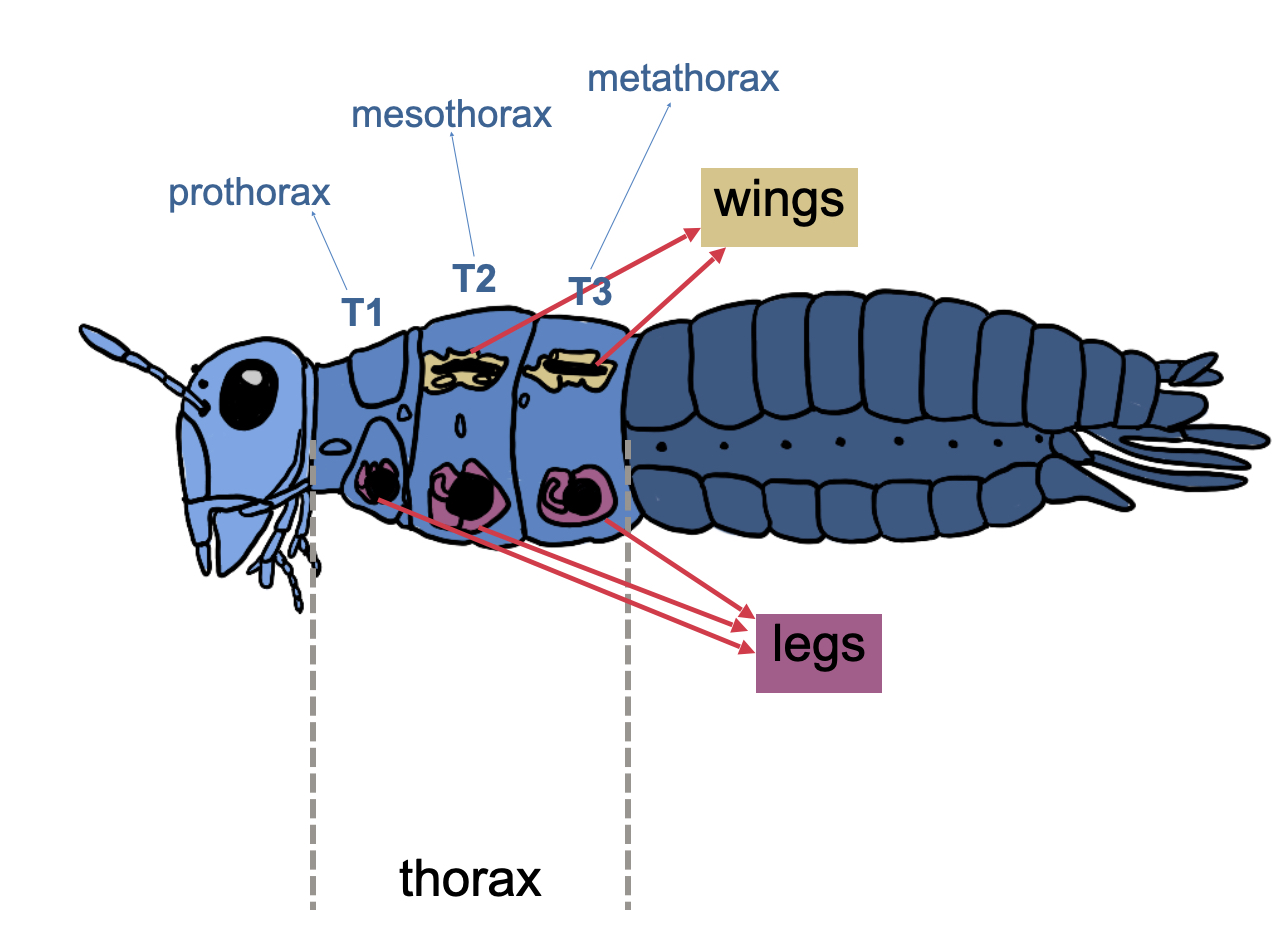
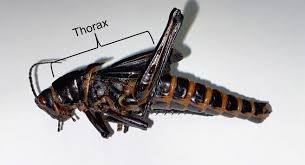
pronotum
top surface of the prothorax that usually acts as a shield
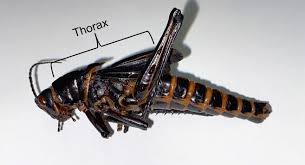
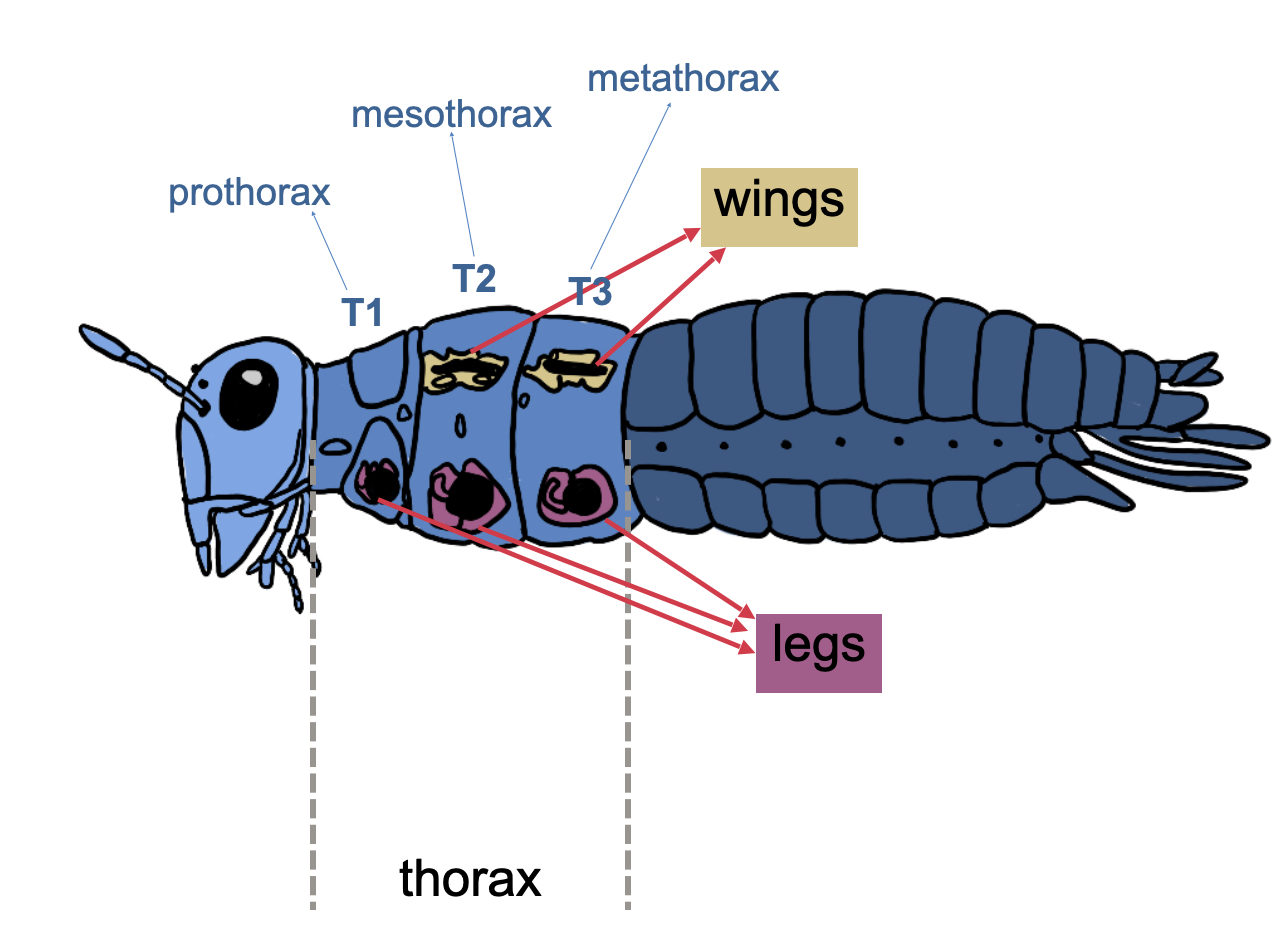
prothorax
first segment of the thorax, contains the pronotum and a pair of legs
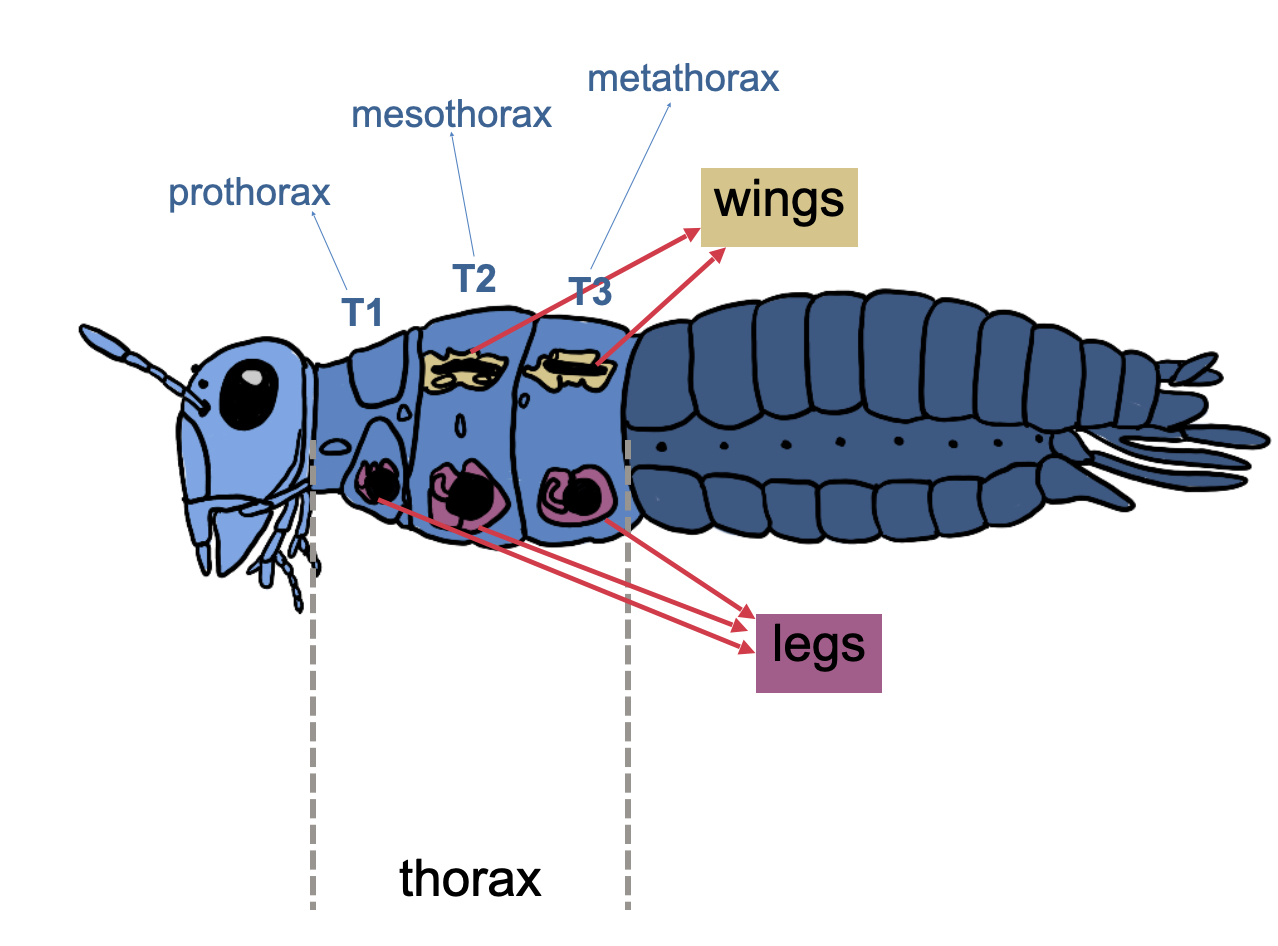
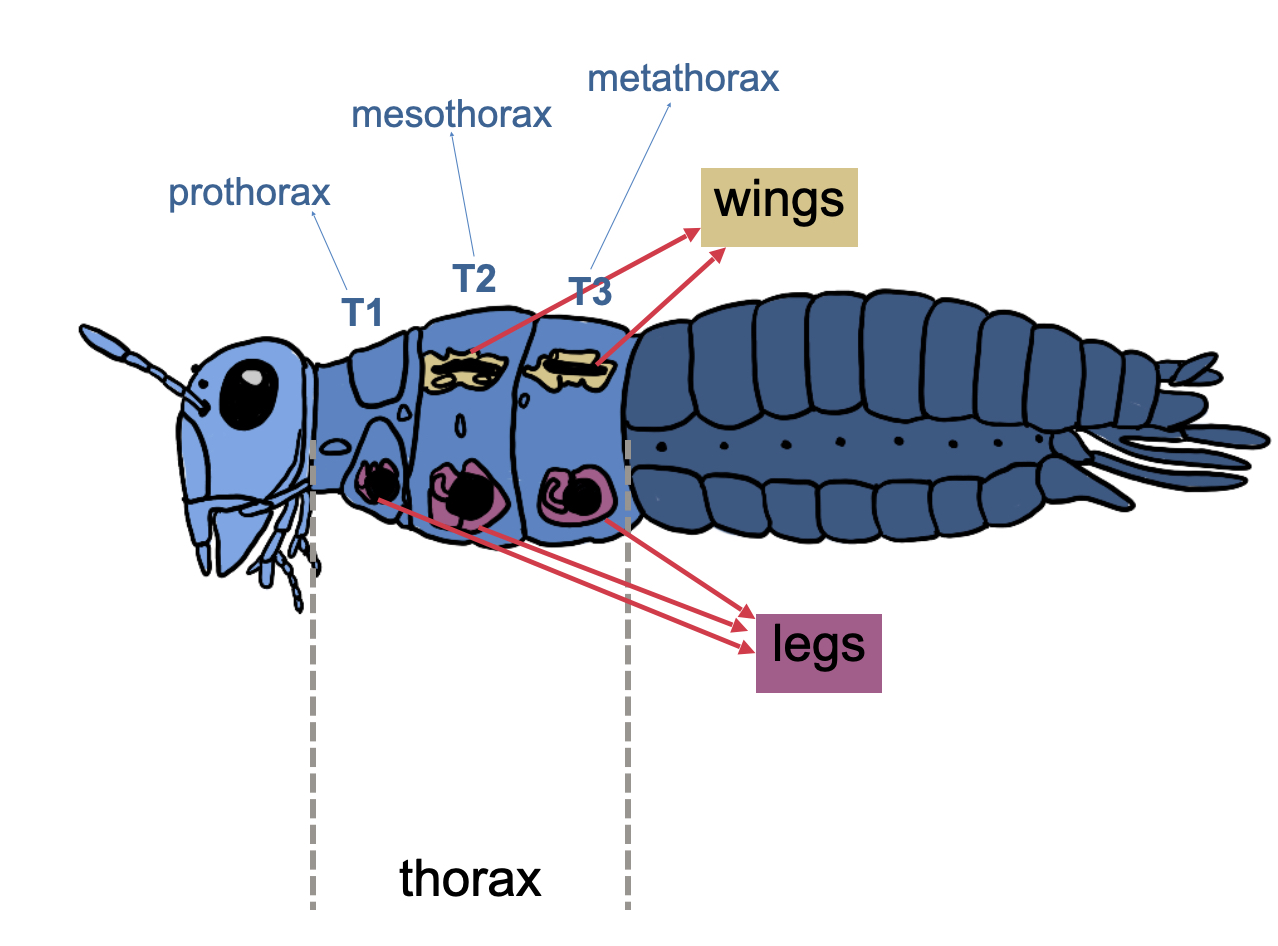
mesathorax
second segment of the thorax, contains a pair of wings and legs
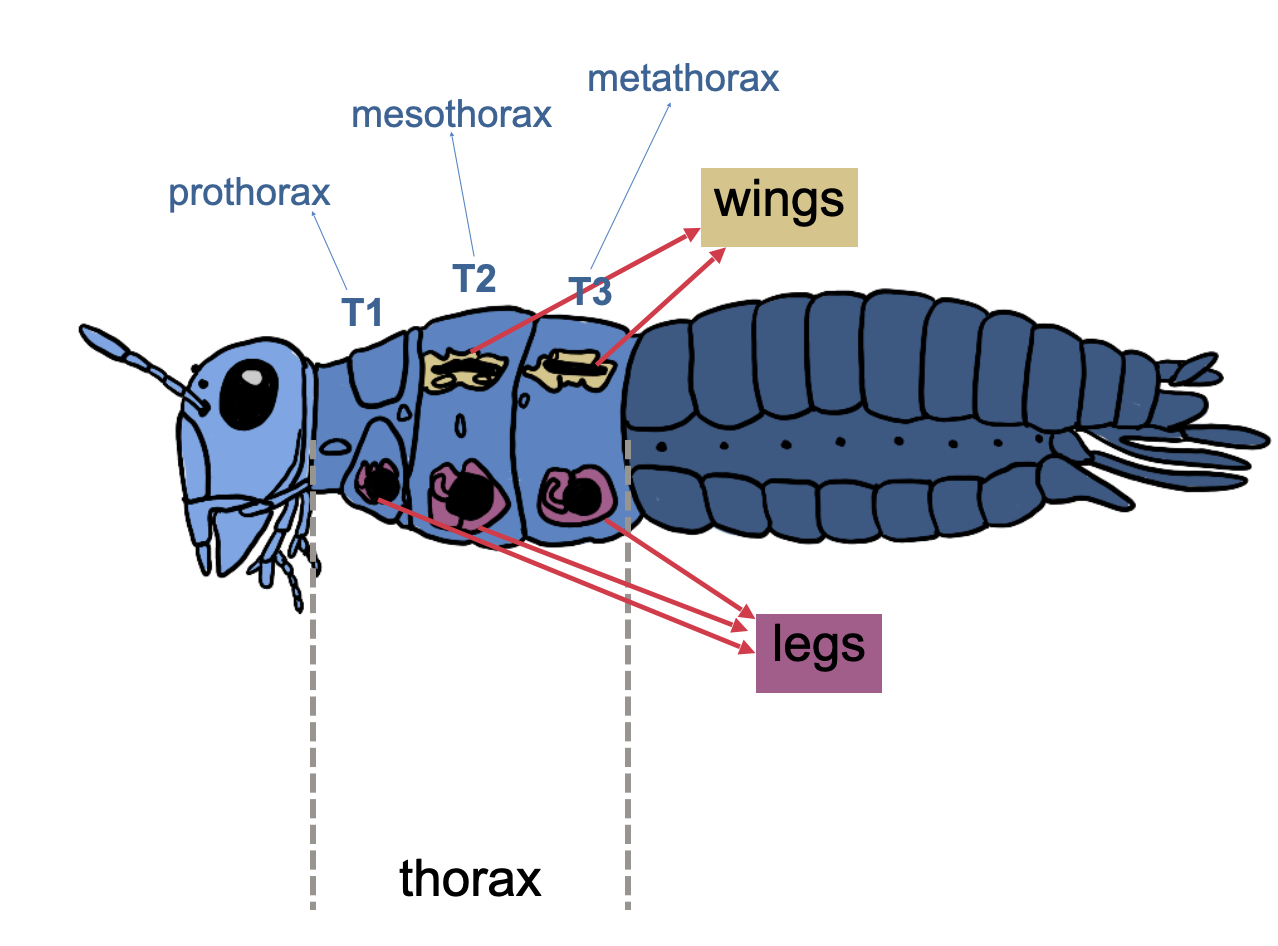
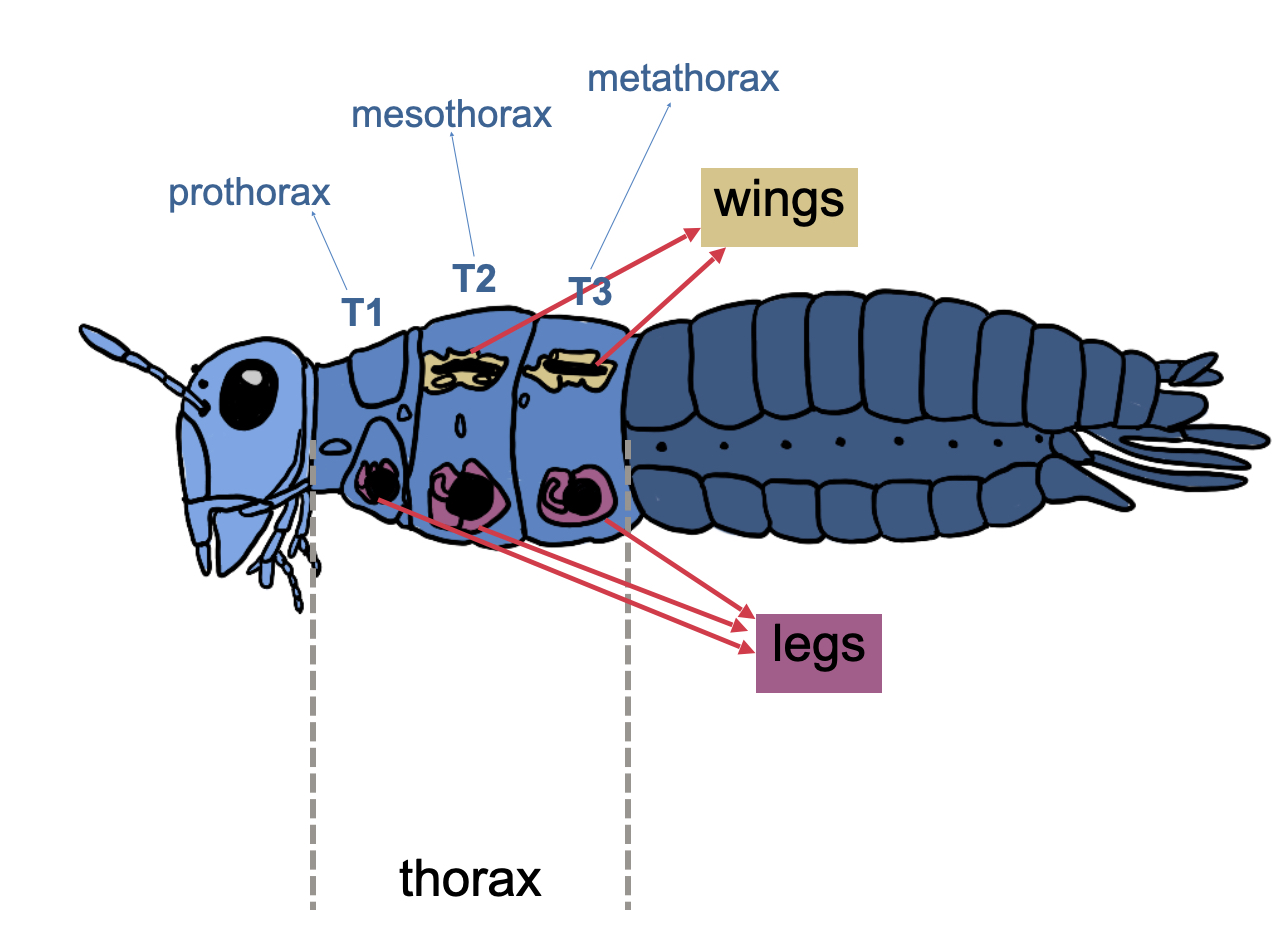
metathorax
last segment of the thorax, contains a pair of wings and legs
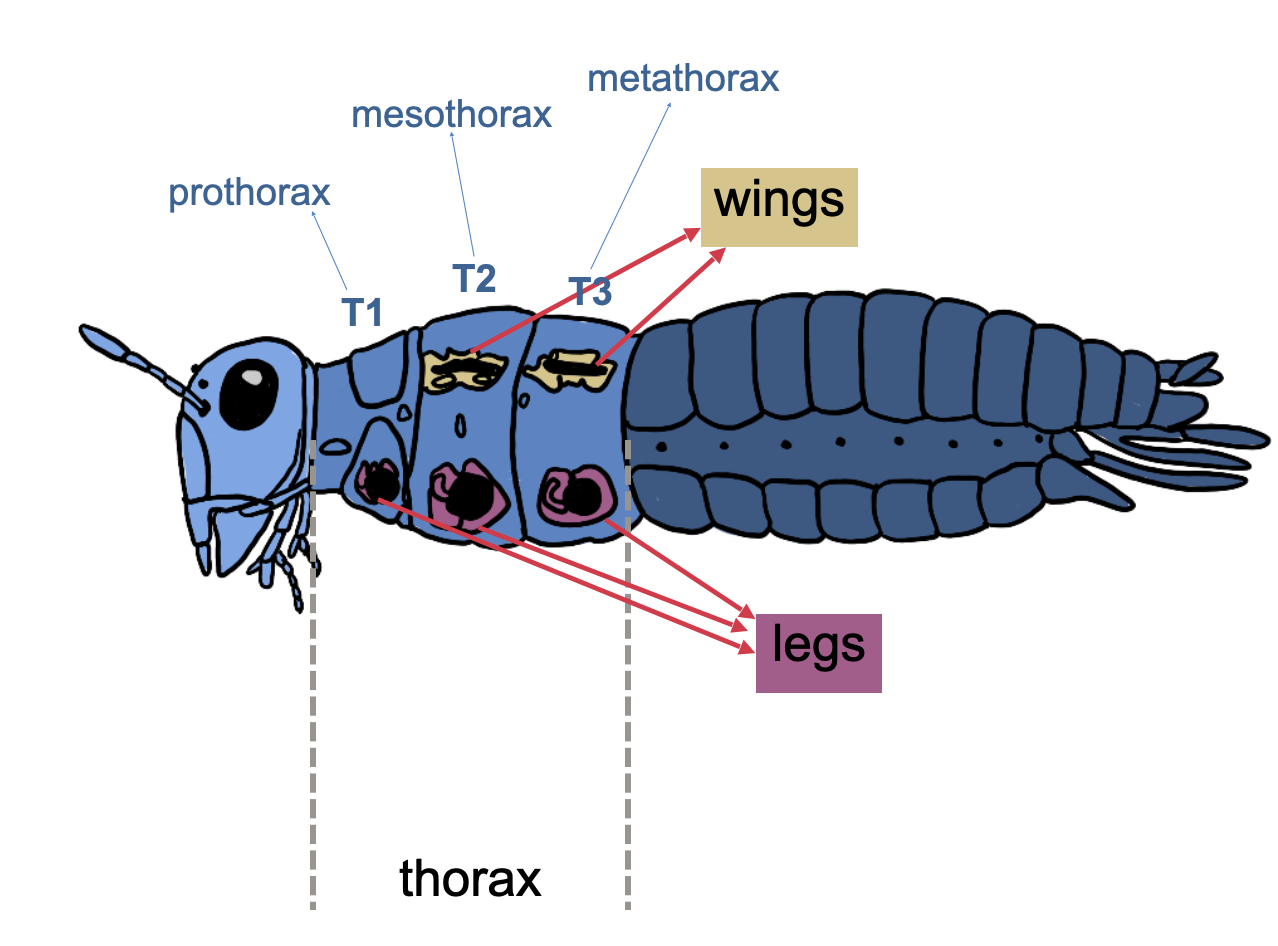
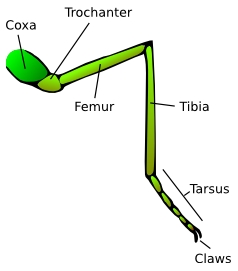
femur
largest segment of insect leg (the thigh)
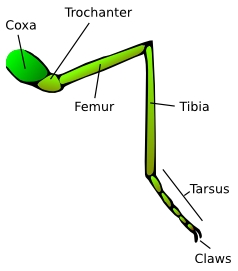
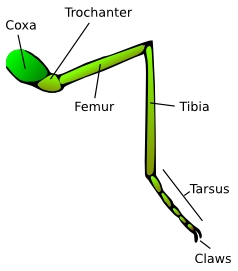
coxa
attaches leg to thorax, first segment of insect leg
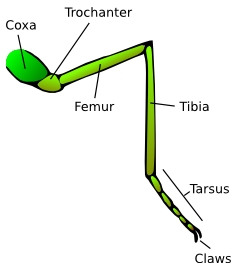
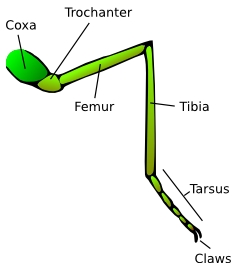
trochanter
second segment of insect leg, acts like s joint to move the leg
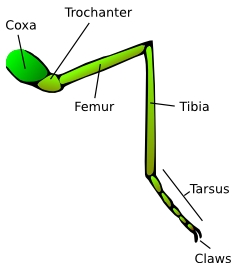
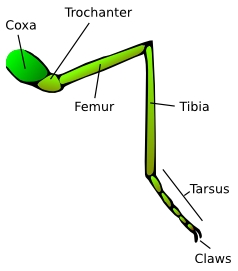
tibia
leg part below femur, contains tibial spurs
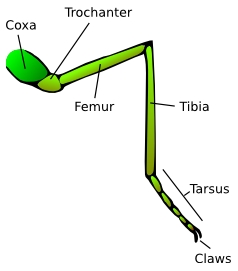
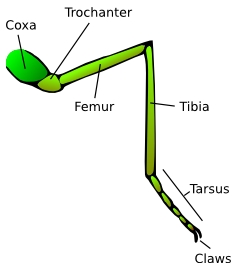
tibial spurs
a bony projection originating from the tibia
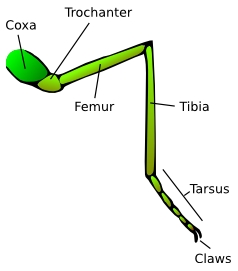
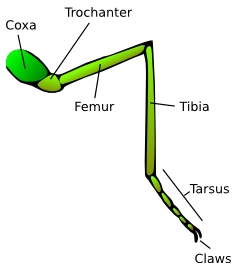
tarsus
multiple segments that from the toes of the insect
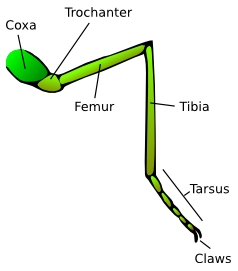
pleural sulcus.
line between the tegnum and the pleura
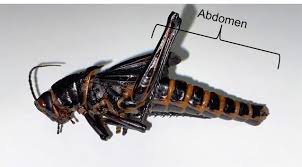
tegnum
top surface of abdomen
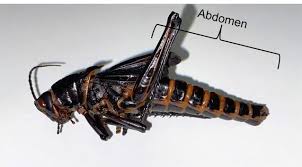
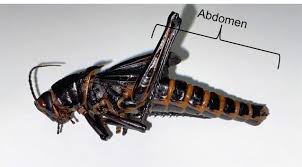
sternum
bottom surface of insect abdomen
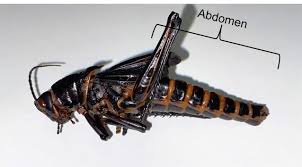
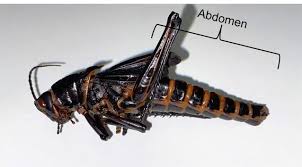
pleura
middle of tegnum and sternum
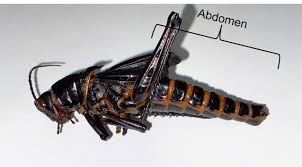
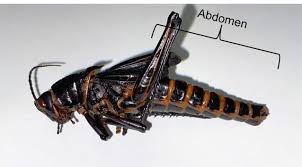
ovipositor
egg laying organ for female insects
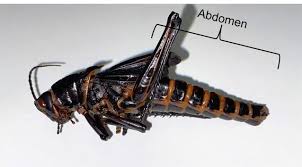
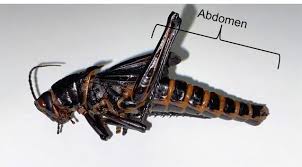
abdomen
usually has 11 segments on the top and 8 on the bottom of the insect. Contains organs of insect. pregenital segments are segment 1-7 on the tegnum, 8-9 form the external genitalia and 10 and 11 form the cercus
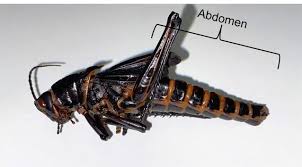
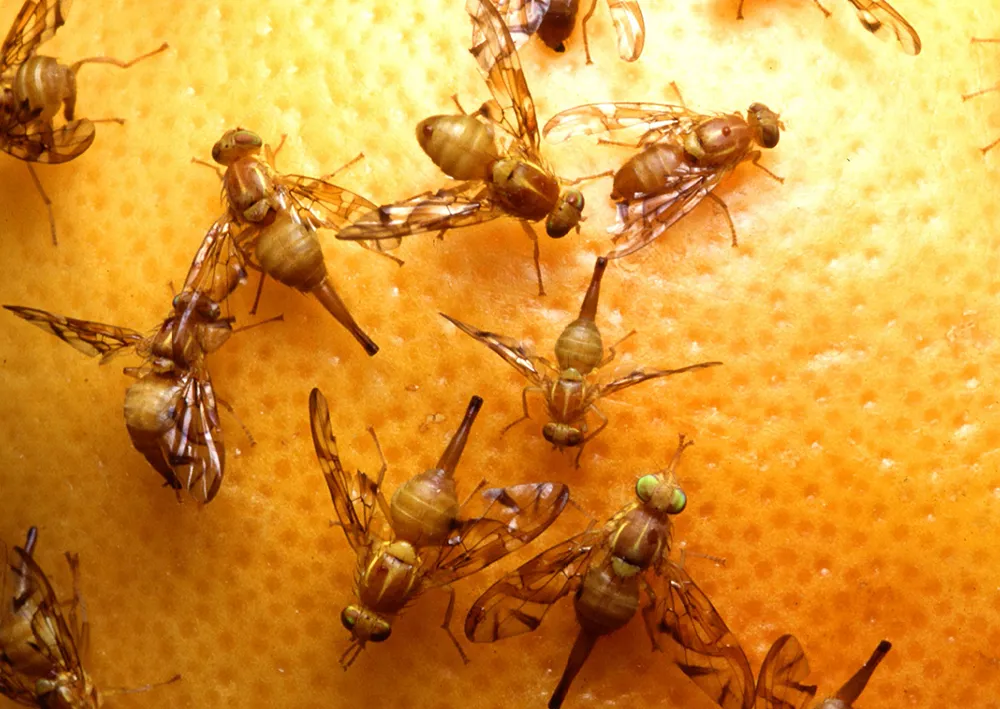
lek behavior
a territorial behavior in which male insects compete for female attention. Female insects visit the lek to choose a partner for mating
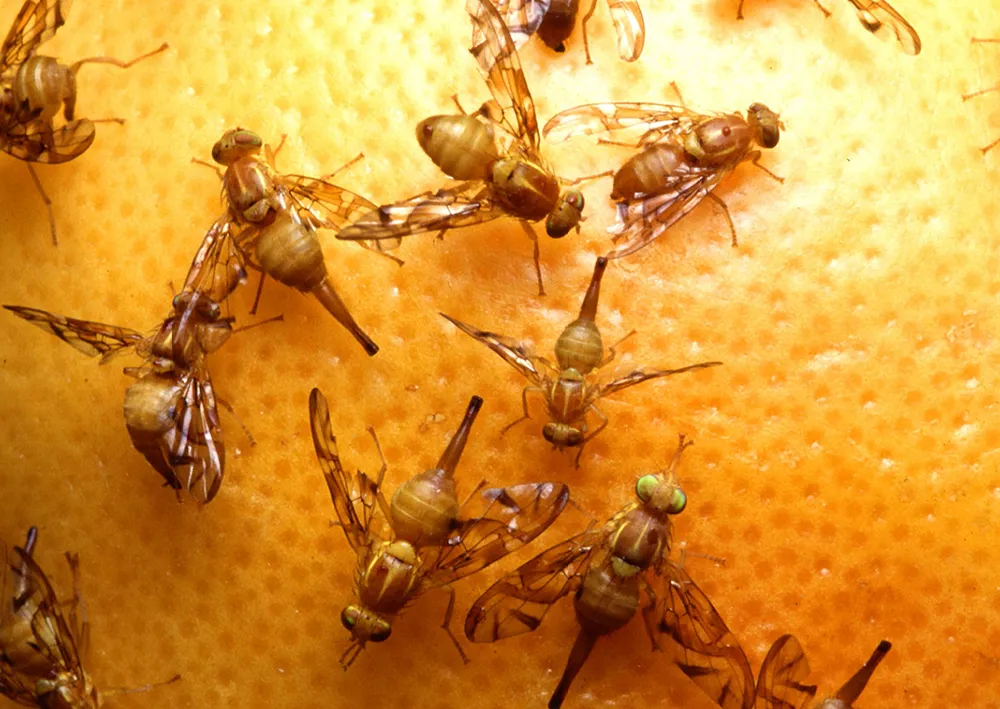
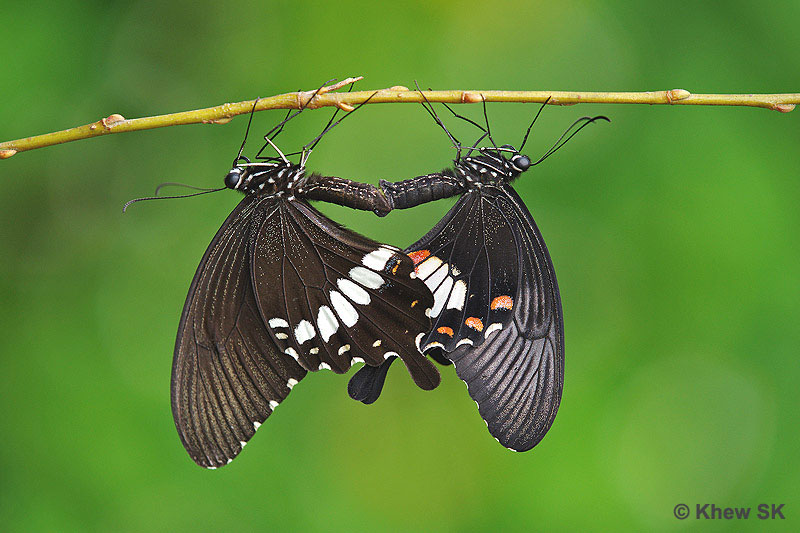
visual displays
some insects perform visual displays to attract mates, eg.) butterfly dance, firefly emissions
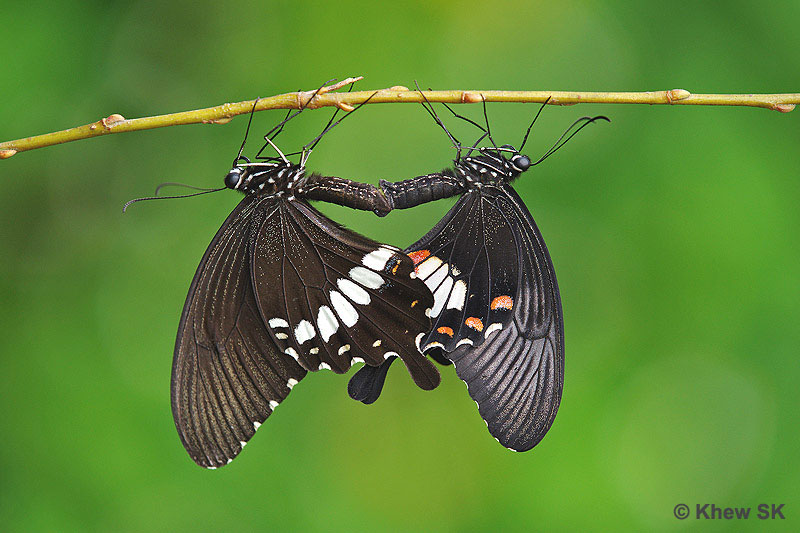
chemical attractant
some insects attract mates over long distances using pheromones that can travel past 1km
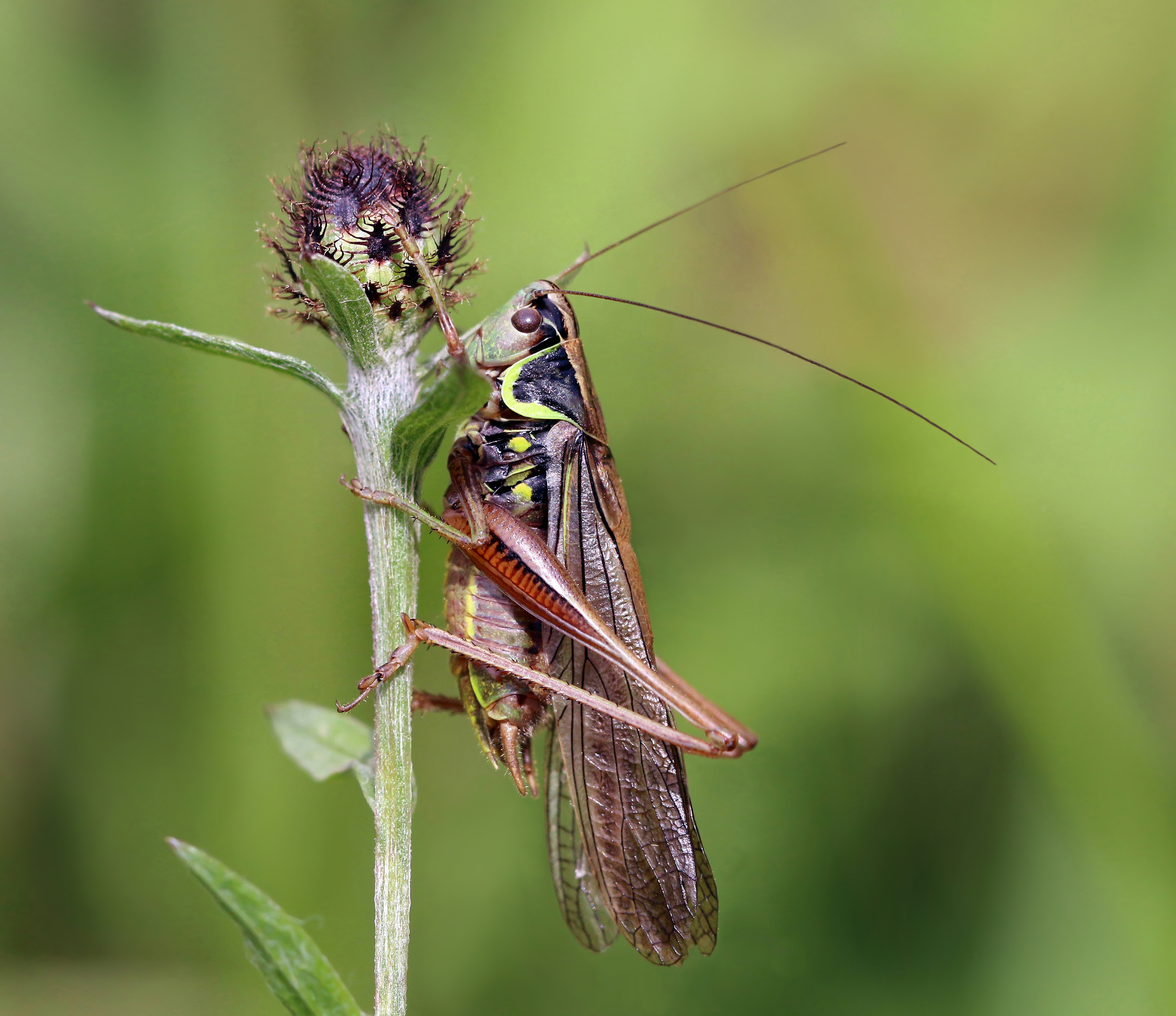
sound production
some orthoptera have special structures that allow for stridulation and produce noises to attract mates
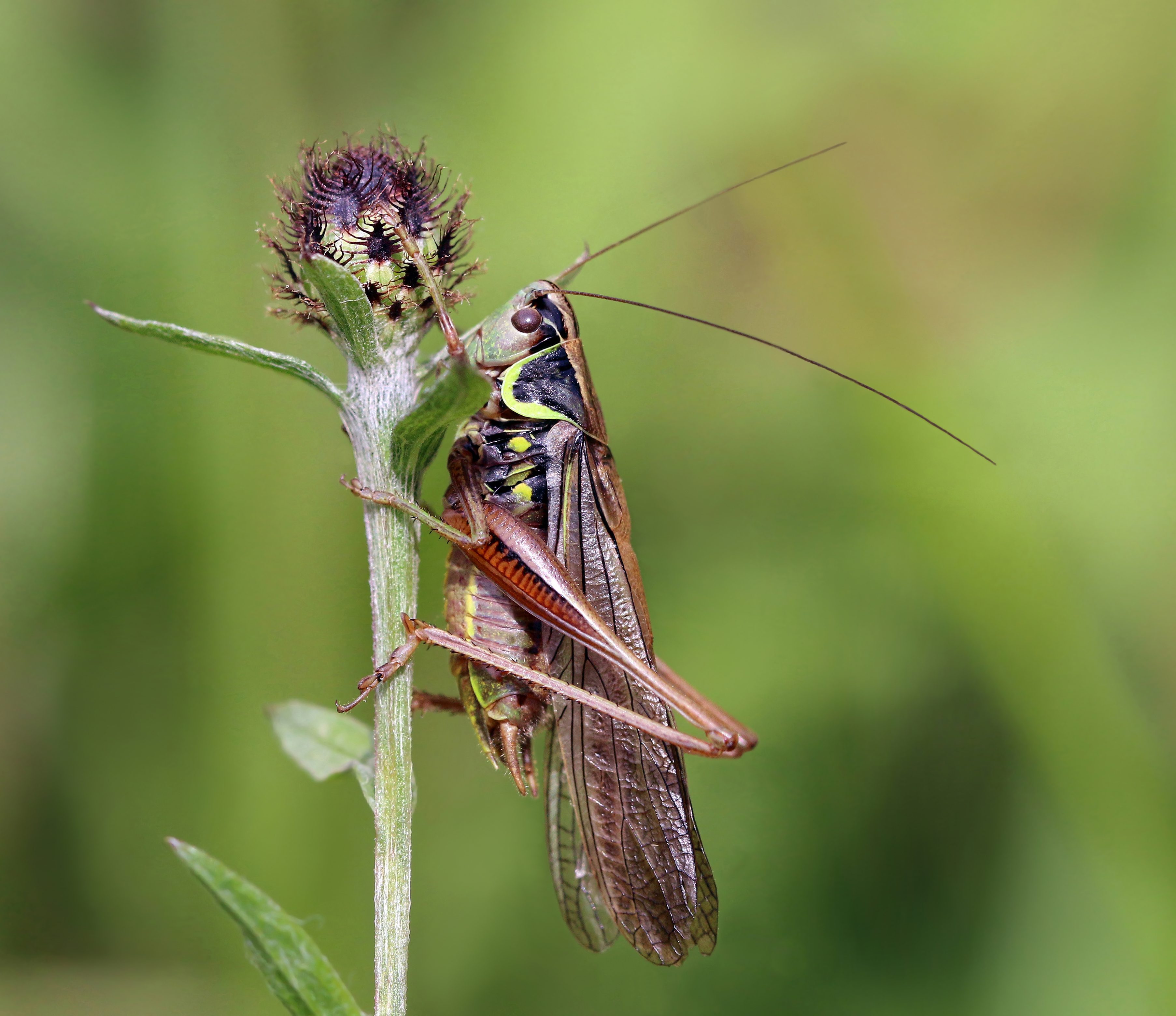
courtship
when insects attract mates through visual, chemical and auditory signals for copulation(mating)
copulation
mating, this can be done through tactile stimulation, short range chemical stimulation and is often complex
post-copulatory behaviors
prevents females from accepting other males. dragonflies guard female through tandem flight.
Moths secrete fluid to block females from receiving other males and stop females from releasing sex attractant.
some males produce genital plug to prevent females from mating with other males.
fertilization
primitive insects indirectly transfer sperm through a spermatophore (sperm package).
mating is internal with higher orders of insects, sperm is maintained in females spermatheca (sperm pouch)
blastoderm
an early stage where only nuclei divide to form the walls surrounding the yolk.
germ band
a region on the blastoderm which stretches to form the segmented trunk of the insect
endoderm
a layer of the developing germ. develops into the lining of the digestive system, which is a major internal structure of the insect.
mesoderm
the middle layer of the developing germ, develops into the circulatory system muscles and exoskeleton, lateral oviduct and vas deferens
ectoderm
the outer layer of the developing germ, develops into the epidermis (outer protective layer of skin), the brain, spinal cord, nerves, and the respiratory (tracheal) system.
ametabolous
only difference between immature adults is size and development of gonads
hemimetabolous
gradual change through several instars, external wing development, immature insects referred to as nymphs, aquatic specise as naiads
holometabolous
internal wing development. fermentation of pupa. maturation of wings, external genitalia and adult structures. immatures referred to as larvae
viviparous
give birth to live young
oviparous
give birth to egg
homeostasis
a constant internal state required for the proper functioning of cells
malphigian tubules
secretes sugar, amino acids water kcl, toxins and nitrogenous wastes
primary urine emptys into hindgut for ressorptions
water resorption in rectum for water balance in the insect
main excretory organs
blind-ended tubules
lined by a single layer of epithelial cells
3 cells
number of tubules 2-250
low excretion of primary urine
minimal energy expenditure
removes nitrogenous waste and uric acid
MNSC
direutic hormone
allows insect to urinate
triggered by gut distension
antidiuretic hormone
prevents water loss
reabsorbs fluid from hindgut
mealworm execretory system
they live in a dry environment
powder-dry poop → cryponephridium
eats dry food
all h20 is absorbed
desert locust execretory system
eats succulents
moist poop
w/o food or h20 has moist excreta
blood feeders
feast or famine
takes meal 10-20x body weight
excretes 50% of ingested flood within hours
concentrates red blood cells in gut
excretion rate increases 100 fold within a few minutes
execretory process
eliminate most blood solutes non-selectively in malphigian tubules
selectively resorbs useful solutes in hind-gut
actively excrete certain toxins through malpighian tubules
controlled by 2 hormones diuretic and antidiuretic
insects often have low blood pressure with dehydration not being detrimental
most insects urinate kcl
large concentration gradient between hemplymph and mt lumen
diffusion of all other blood solutes
regulation of food intake
insects regulate food intake through
external stimuli - olfaction, gustation, vision (smell,taste,shape of food)
internal stimuli -crop volume and nutrient concentrations in hemolymph
volume detected in foregut
some digestion may occur as a result of saliva → foregut distended and insect wont eat until full digestion occurs in midgut
other factors- state of hunger
nutritional state and non-associative learning
all food goes to the subesophageal ganglion
food intake process
3 stages → biting continuation termination
temperature has negative effect on feeding
wide variety of eating behavior due to variation in mouth parts
som chemicals in food can be phagostimulants => stimulate feeding
phagodeterents → inhibits feeding even in presence of stimulants
sensory input from deterrents outweight stimulant input 8 to 1
monophagous
feeds on 1 plant family
few sensory receptors
considered more advanced than polyphagous insects because they can choose
polyphagous
feeds on multiple plant families
oliphagous
feeds on a few plant families
biting
initiation of feeding
detects stimulus from food
phagostimulantt as percieved by sensilla
(doesnt have to be on the mouth)
blowfly biting example
stimulation of tarsal sensilla
extension of proboscis
continuation → sensilla on labellum and feeding proceeds
schistocerca biting example
initiation
Tarsal, maxillary, and labial palp sensilla all need to be stimulated to initiate biting
continuation: after the first bite, quality of food is monitored by cibarial receptors
termination of feeding
decay of excitatory state
chemosensory adaptation/ habitation
increased foregut volume
negative feedback
nutrients
hormonal factors → hemolymph
salivary glands
piercing, sucking mouthparts
saliva of blood feeders → most dangerous period for insect
made of local anaesthetics, vasodilators and anticoagulants
saliva of sucking plant feeders, Hemiptera
digestive enzymes → amylase, invertase, proteases, lipases
aphid saliva → pectases
facilitates penetration of stylets
digestion
enzyme secretion in the midgut
secretion regulated by → secretagogue, neural stimulation and hormonal stimulation
The rate of digestion is often determined by the rate of polysaccharide breakdown to monosaccharides.
microbial endosymbiosis
Many insects require microbial symbionts for adequate nutrition
transferred on eggshells
sequestered cellulases from fungi
Lower termites obtain cellulase activity from enteric protozoa and bacteria
thrive in the anaerobic region of the hindgut called the paunch
insect nutriton
insects require
10 essential amino acids
phenylalanine
important for larval growth
cyclitols
myo inositol
Vitamins A B C
free fatty acids + sterols